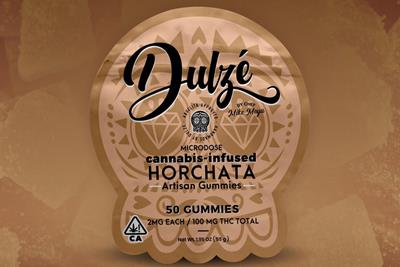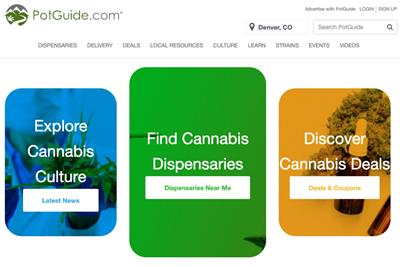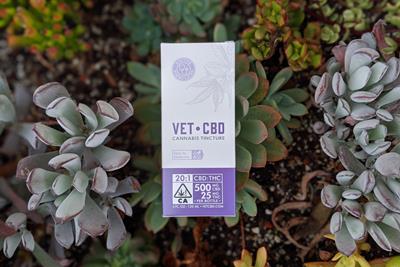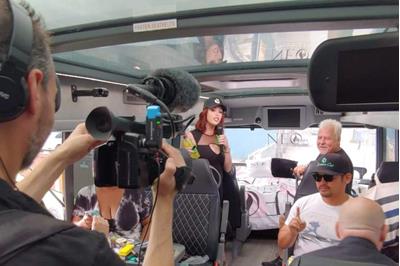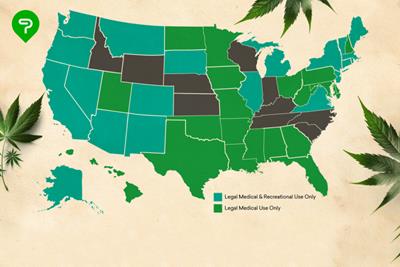
Monday October 19, 2020
By Erin Hiatt
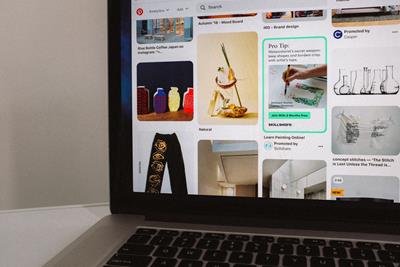 News
News
It seems that the social network Pinterest has managed to stay above the misinformation-strewn, sewage-like fray of other platforms like Facebook and Twitter. Lifestyle-focused on topics like decorating, baking, and fashion, many of the boards have a country cottage kind of feel, with its users (80 percent of whom are women) “pinning” videos or images to their own or other people’s boards to browse.
Pinterest hit its peak in 2013 when it rivaled Facebook and even email as a sharing medium, Over the years, Pinterest has moved away from its homey origins to become more eclectic and diverse, with a growing audience of men and a broader range of topics.
Social Media and the Cannabis Industry
Even outside of social media, advertising for cannabis companies remains a dicey proposition. When social media advertising was a new proposition, organic content – or unpaid – was king. Any company could create their own content and be found through keyword searches.
Nowadays, algorithms are the name of the game, and organic content has lost its effectiveness, forcing businesses to use paid advertising to reach new or regular customers. While paid advertising is fine for companies operating in a completely legal space, cannabis companies live in a messy middle. They may be legal in the state in which they operate, but according to Uncle Sam, any cannabis company is breaking federal law.

Most social media platforms explicitly prohibit advertising for cannabis companies, even if that company doesn’t touch the plant. In other words, even if you’re only talking about weed, you may be violating the network’s community standards.
Pinterest’s Vague Marijuana Policy
Let’s take a look at the community standards at Pinterest:
“Pinterest isn’t a place for trading or selling of certain regulated goods - products or substances that can cause harm when used, altered or manufactured irresponsibly - or for the display or encouragement of dangerous activities. We limit the distribution of or remove such content and accounts, including:
- Offers, attempts, or instructions to bypass purchasing laws and regulation
- Commercial sales of marijuana, marijuana products, and paraphernalia
- Don’t do anything or post any content that violates laws or regulations
Needless to say, there’s a lot here that’s open to interpretation and many cannabis brands and businesses do not violate these conditions. Let’s touch on their points with some counter questions.
Questions Regarding Pinterest Community Guidelines:
- Could sharing cannabis messaging like an image of the leaf, product, or legal dispensary be construed as an “offer, attempt, or instruction to bypass purchasing laws and regulation?”
- If you are an ancillary company operating in the legal cannabis space, e.g. lighting or packaging, is that considered a product or paraphernalia?
- If federal prohibition is the law against which cannabis companies are measured, isn’t every cannabis company on Pinterest violating laws and regulations?
- To get really in the weeds (see what I did there?), is a company working in the hemp space held to the same community standards?
- Who decides?
As with pretty much everything cannabis and advertising, rules are subject to change at any moment and are very subjective.
Shadow Banning Cannabis Companies
A common social media platform method to police marijuana companies is called shadow banning. Also known as stealth banning, ghost banning, or comment ghosting, these practices prevent new users from finding your site (shadow banning doesn’t prevent those already following the site from finding the company).

The platform’s hope is that over time, a lack of new followers, and reactions to posts or comments will frustrate the company, who will eventually give up on organic advertising. And the cannabis company can’t pay for advertisements, because it’s against community standards...you see where this is going. Canna-businesses have the option to appeal bans, and sometimes social media platforms backtrack and restore visibility, but ultimately the decision lies with the platform.
What’s a cannabis firm to do? There are ways to circumnavigate community standards, like affiliate or influencer marketing, or moving from promotional content toward educational blog posts. But this still makes advertising on social media platforms a tough go for cannabis companies, even the ones that abide by all the rules. However, until federal prohibition ends, it’s unlikely that cannabis advertising will be welcomed into the advertising mainstream.
What would you like to see from social media platforms regarding cannabis? Share your thoughts in the comments!
Photo Credit: Charles Deluvio (license)



